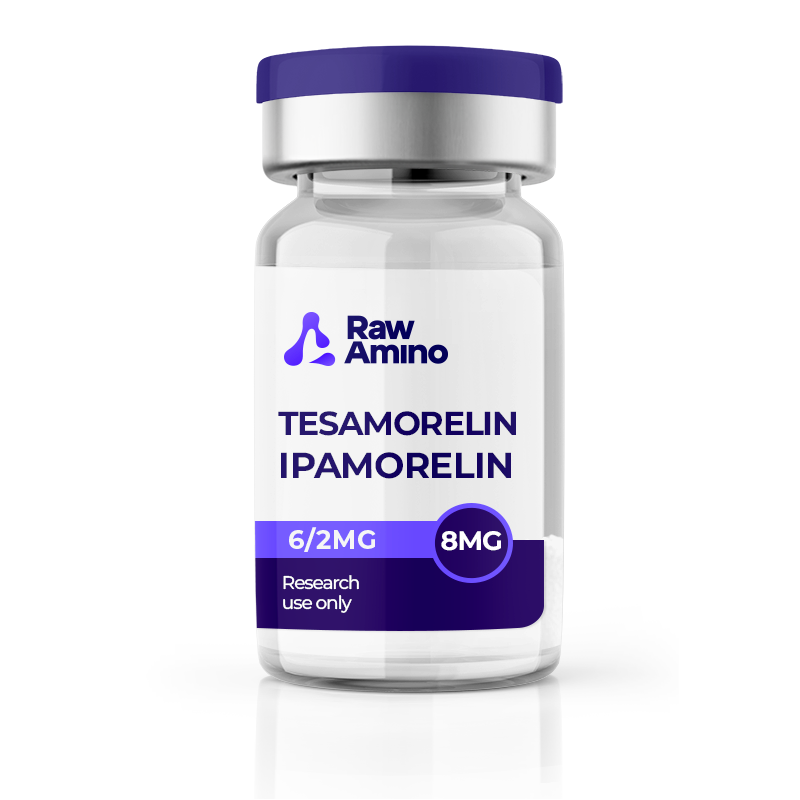
Tesamorelin & Ipamorelin – 8MG
$101.00
Discount per Quantity
| Quantity | Discount | Price |
|---|---|---|
| 5 - 8 | 5% | $95.95 |
| 9 + | 10% | $90.90 |
Scientific Overview of Tesamorelin & Ipamorelin Peptide Blend
The Tesamorelin and Ipamorelin peptide blend combines two synthetic peptides that have been investigated for their potential interactions with growth hormone–related pathways. Tesamorelin is a growth hormone–releasing hormone (GHRH) analog, while Ipamorelin is a ghrelin receptor agonist. Research suggests that when studied together, these compounds may provide complementary perspectives on pituitary signaling, energy metabolism, and cellular processes related to repair and restoration.
Tesamorelin & Ipamorelin Studies and Research Data
Laboratory Research on Tesamorelin
Tesamorelin has been studied as a synthetic analog of GHRH. Investigations suggest it may bind to pituitary GHRH receptors, leading to cyclic AMP–mediated signaling and downstream hormonal release in experimental systems. Preliminary research indicates potential influences on visceral fat metabolism, protein turnover, and structural tissue dynamics.
Experimental Findings with Ipamorelin
Ipamorelin is a selective ghrelin receptor (GHSR) agonist studied for its possible role in growth hormone release. Compared to other secretagogues, it appears to show limited activity toward prolactin or cortisol pathways. Research indicates Ipamorelin may support nitrogen balance, skeletal muscle performance, and bone density in laboratory studies.
Tesamorelin & Ipamorelin Investigations
When examined together, Tesamorelin and Ipamorelin may act through distinct yet complementary mechanisms—Tesamorelin primarily via GHRH receptor pathways and Ipamorelin through ghrelin receptor signaling. This dual action is being explored in research as a potential way to better understand hormone release patterns, tissue remodeling processes, and energy distribution across biological systems.
Conclusion
The Tesamorelin and Ipamorelin peptide blend has been the subject of experimental research focused on pituitary regulation, metabolic signaling, and tissue recovery mechanisms. Current findings remain preliminary, and ongoing studies are required to further clarify their potential roles within controlled laboratory settings.
References
- Trookman, N. S., et al. (2009). Immediate and long-term clinical benefits of a treatment for facial lines and wrinkles. Journal of Clinical and Aesthetic Dermatology, 2(3), 38.
- Munawar, A., Ali, S. A., Akrem, A., & Betzel, C. (2018). Snake venom peptides: tools of biodiscovery. Toxins (Basel), 10(11), 474.
- Pai, V. V., Bhandari, P., & Shukla, P. (2017). Topical peptides as cosmeceuticals. Indian Journal of Dermatology, Venereology and Leprology, 83, 9.
- Chhipa, N. M. R., & Chaudhari, B. (2012). Toxin as a Medicine. Journal of Current Pharmaceutical Research, 9(1), 11-18.
- Reddy, B., Jow, T., & Hantash, B. M. (2012). Bioactive oligopeptides in dermatology: Part I. Experimental Dermatology, 21(8), 563–568.
Disclaimer:
The products mentioned are intended solely for laboratory research and in-vitro experimentation. They are not approved for human or animal use of any kind. All details provided are for educational purposes only. By purchasing from this site, you agree to comply with our Terms and Conditions.
Only logged in customers may leave a review.
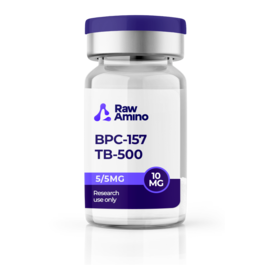

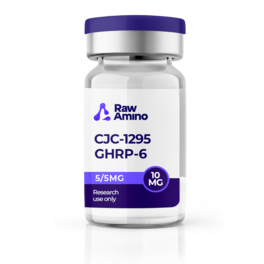
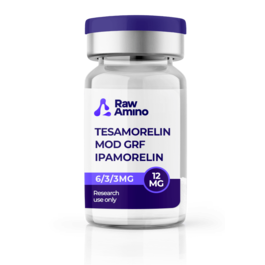
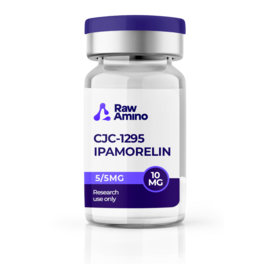
Reviews
There are no reviews yet.